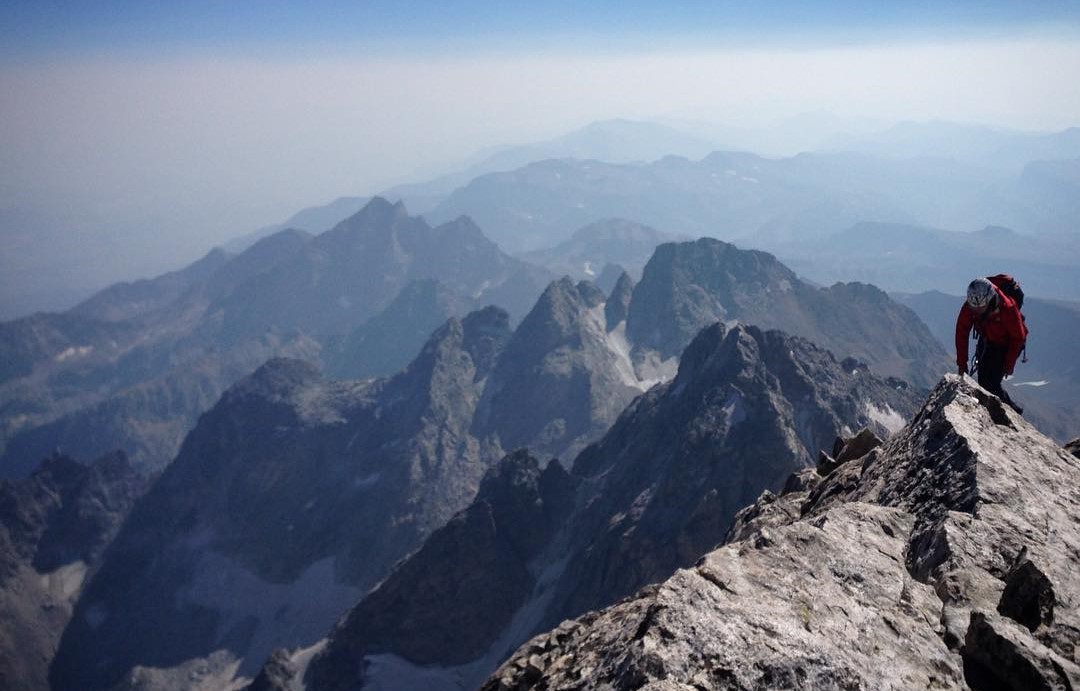
Cold Climate Design
Mountain communities should prioritize environmental stewardship to protect and respect our shared natural spaces. Far too many Architects are inspired by nature, yet don’t protect it.
Galczynski remains committed to learning and implementing more sustainable construction strategies. Cold-climate mountain homeowners should consider factors such as energy efficiency, material off-gassing, stable interior temperatures, and overall environmental impact. High-performance walls contribute to consistent indoor temperatures while reducing reliance on extensive mechanical systems. As climate patterns become increasingly unpredictable, investing in a self-reliant home is both a proactive and environmentally responsible decision.
Standard 2X Exterior Wall
A standard exterior wall is constructed using 2×6 studs, positioned between exterior and interior materials. Each stud acts as a thermal bridge, facilitating heat transfer between materials. In building science, this phenomenon is often compared to the difference between pouring hot water into a glass cup versus a thermos. The thermos outperforms the glass cup by significantly reducing heat loss due to its insulating properties.
While individual thermal bridges may seem insignificant, they occur at every 24-inch stud spacing, as well as at larger structural elements, cumulatively impacting energy efficiency. On average, thermal bridging accounts for approximately 25% of an exterior wall’s surface area. Additionally, windows and doors further reduce a home’s overall thermal performance.
In most cold-climate regions of the U.S., including mountain towns in Idaho, Montana, and Wyoming, building codes require a minimum insulation value of R-27 for residential exterior walls to meet energy efficiency standards.
Below is a list of alternative wall assembly methods that provide high performance. :
- Exterior Staggered-Stud Wall
- Exterior Double-Stud Wall
- Exterior Continuous Exterior Insulation Wall
- Exterior ICF Block Wall
Staggered-Stud Wall
The Staggered-Stud Wall is one of the most cost-effective methods for constructing a high-performance wall. This approach utilizes a 2×8 sill and header for the exterior wall while incorporating staggered 2×6 interior studs to create a thermal break, reducing heat transfer and improving energy efficiency. ( Project Reference : Snow King Observatory )
Double-Stud Wall
The Double-Stud Wall consists of two separate wall assemblies with an air gap between them. This cavity is filled with insulation, effectively eliminating thermal bridging while increasing insulation depth, making it a high-performance wall. However, this design results in a thicker exterior wall, which reduces interior living space.
Continuous Exterior Insulation Wall
The Continuous Exterior Insulation Wall follows the same construction principles as a standard 2×6 exterior wall but incorporates an additional layer of rigid exterior insulation. This added insulation minimizes thermal bridging through the 2×6 studs, enhancing the overall energy efficiency of the structure. Galczynski has successfully designed walls with exterior insulation to optimize thermal performance.
ICF Block Wall (Insulated Concrete Forms)
The ICF Block Wall consists of stacked foam blocks filled with concrete, eliminating the need for wood studs, which can create thermal breaks and air leaks. Thanks to its foam insulation and thick concrete core, this system offers exceptional energy efficiency. A 6-inch ICF wall achieves an R-52 equivalent rating, significantly outperforming a standard exterior wall (R-27). The primary challenge with ICF construction is the limited expertise among builders. Jakub Galczynski has designed homes utilizing ICF construction and recommends hiring an ICF-specialized builder to ensure cost efficiency and proper execution. He has specifically used SuperForm Blocks. A more environmental alternative would be Faswall ICF.
